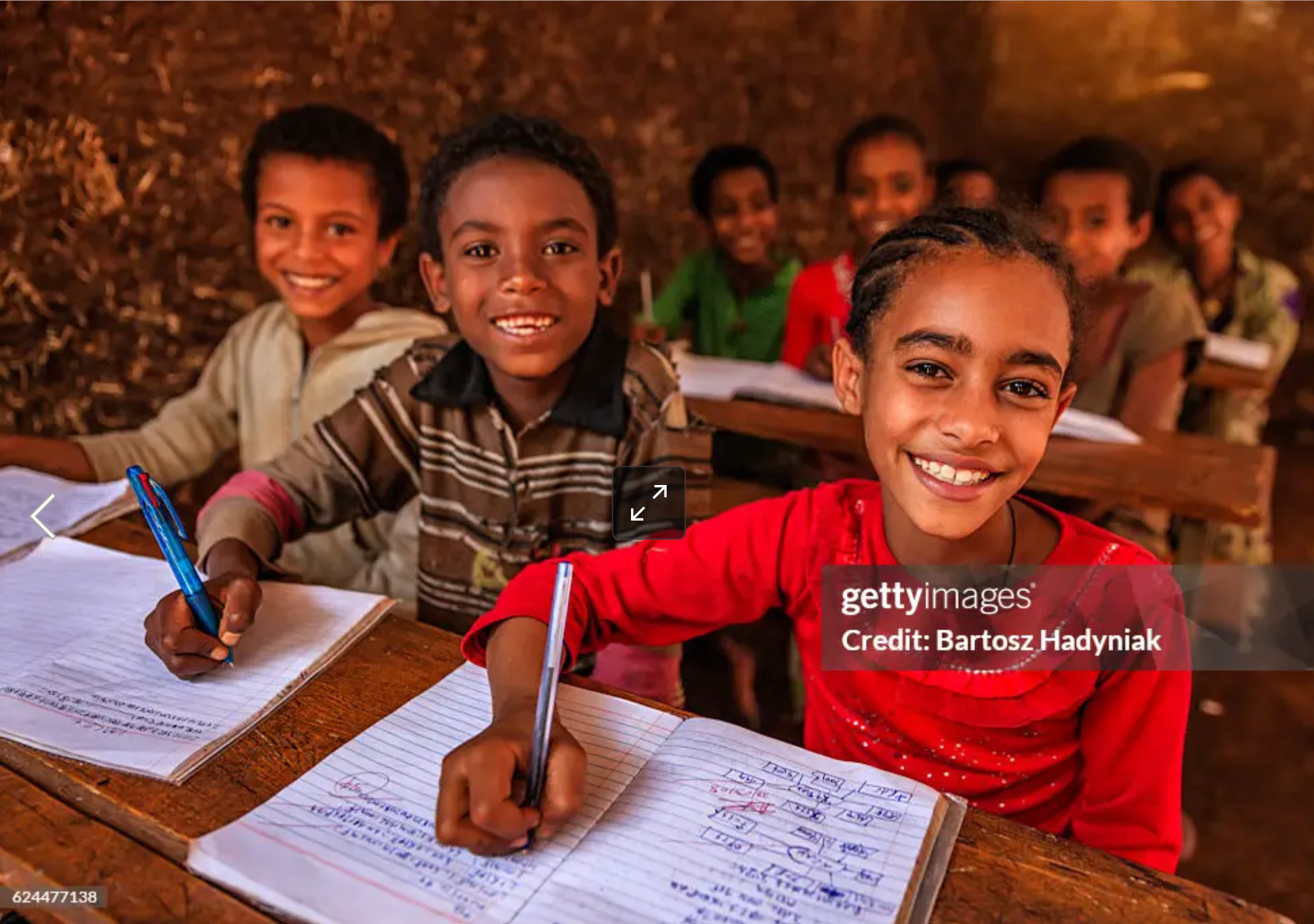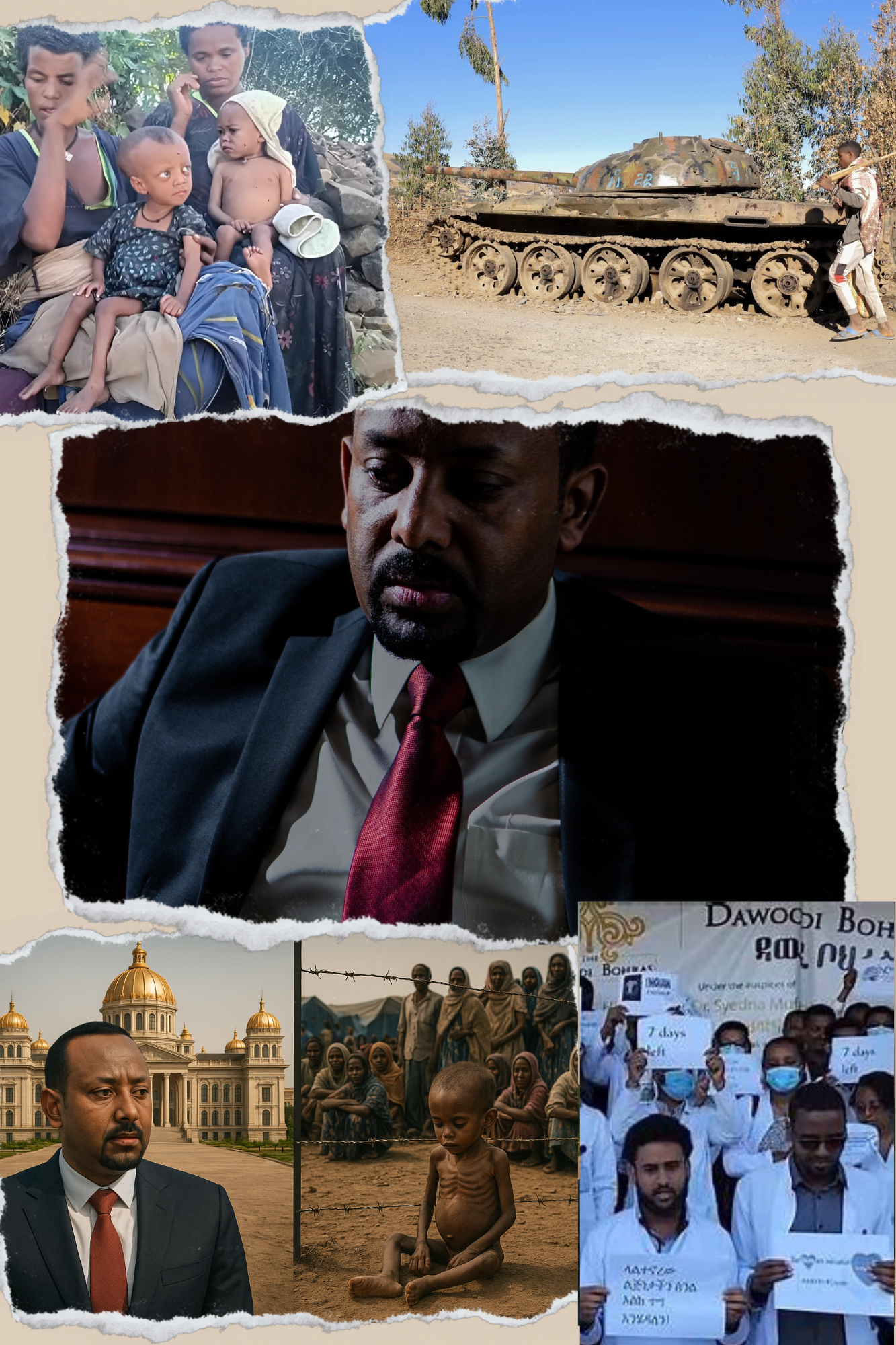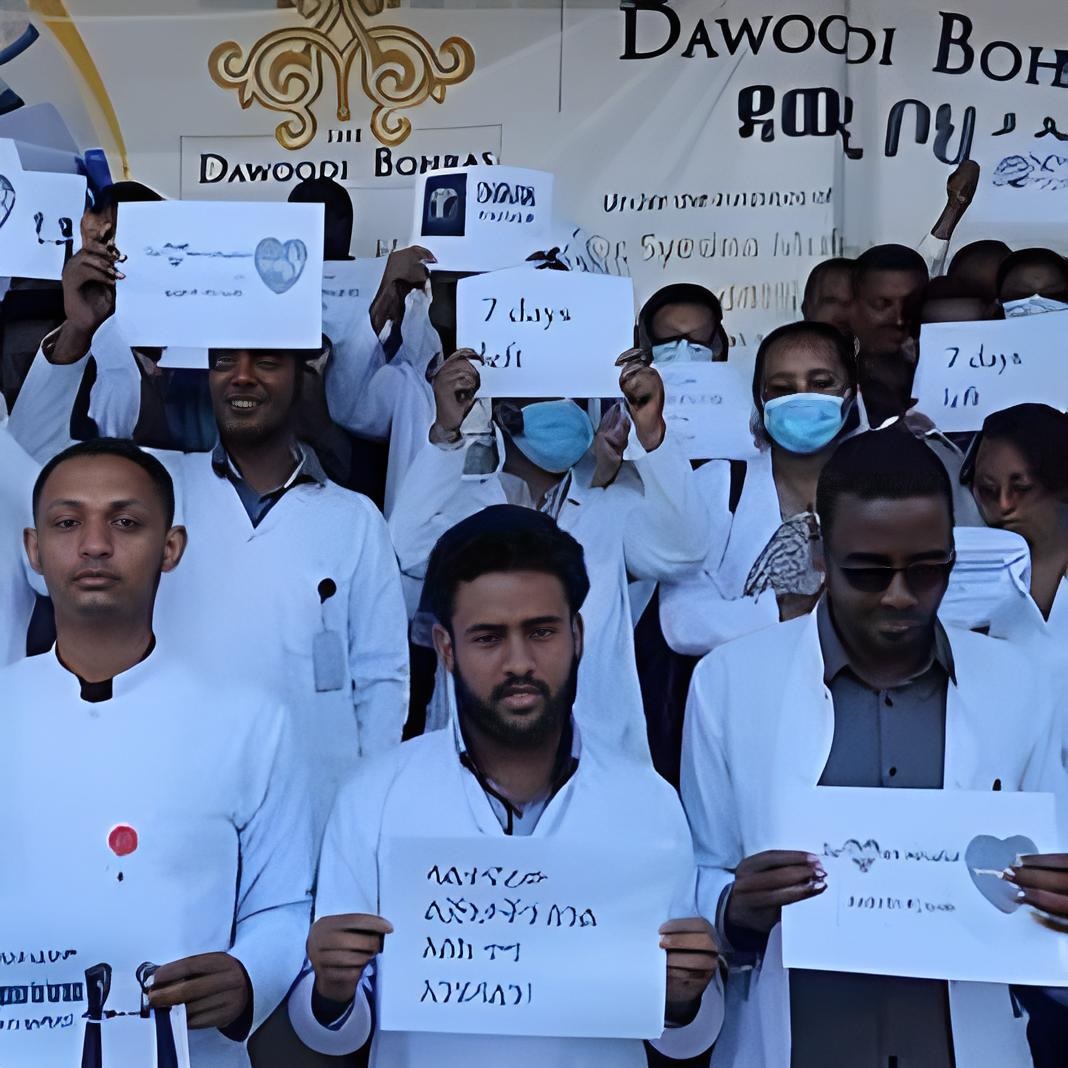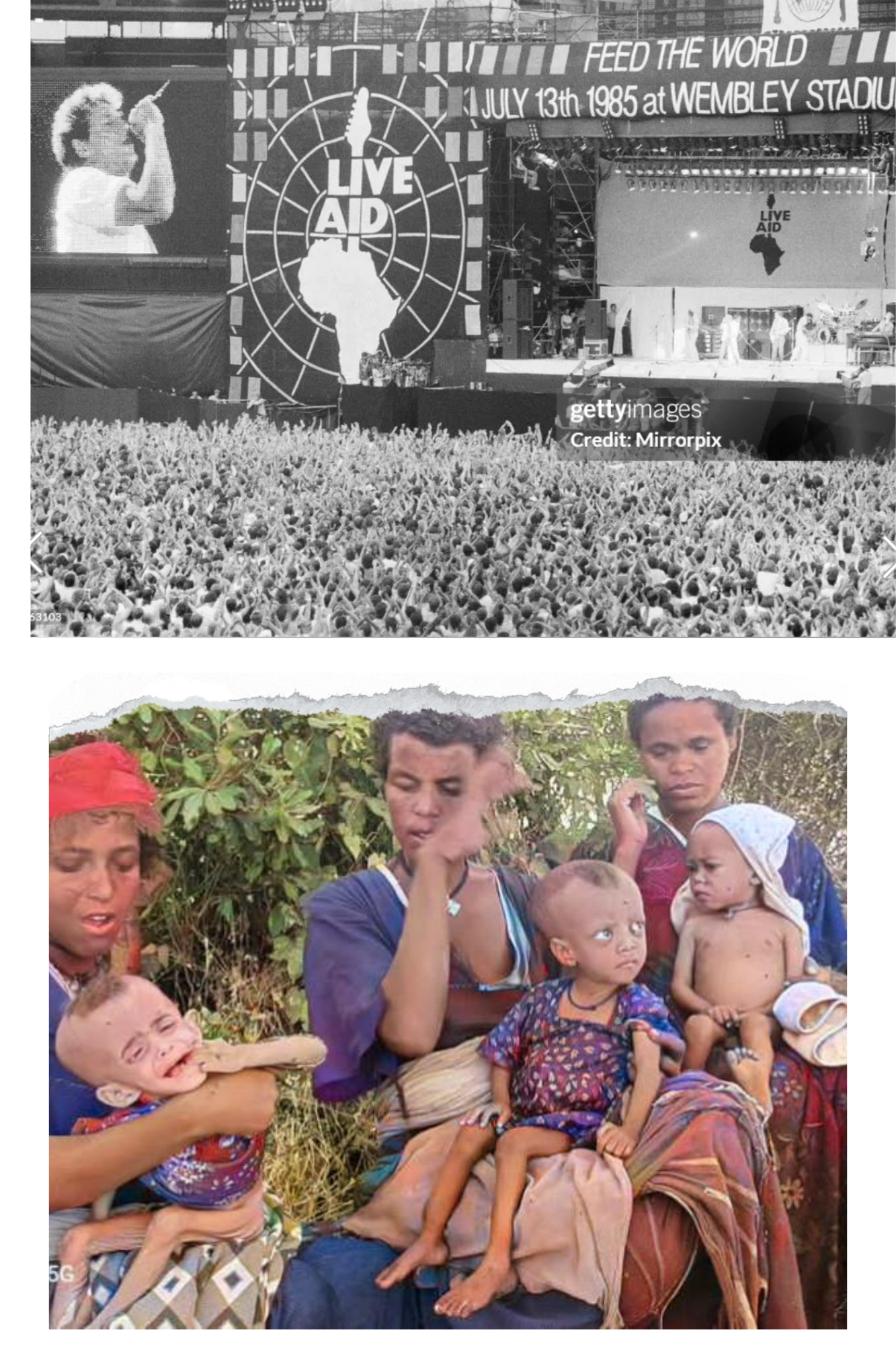Ethiopia and Eritrea
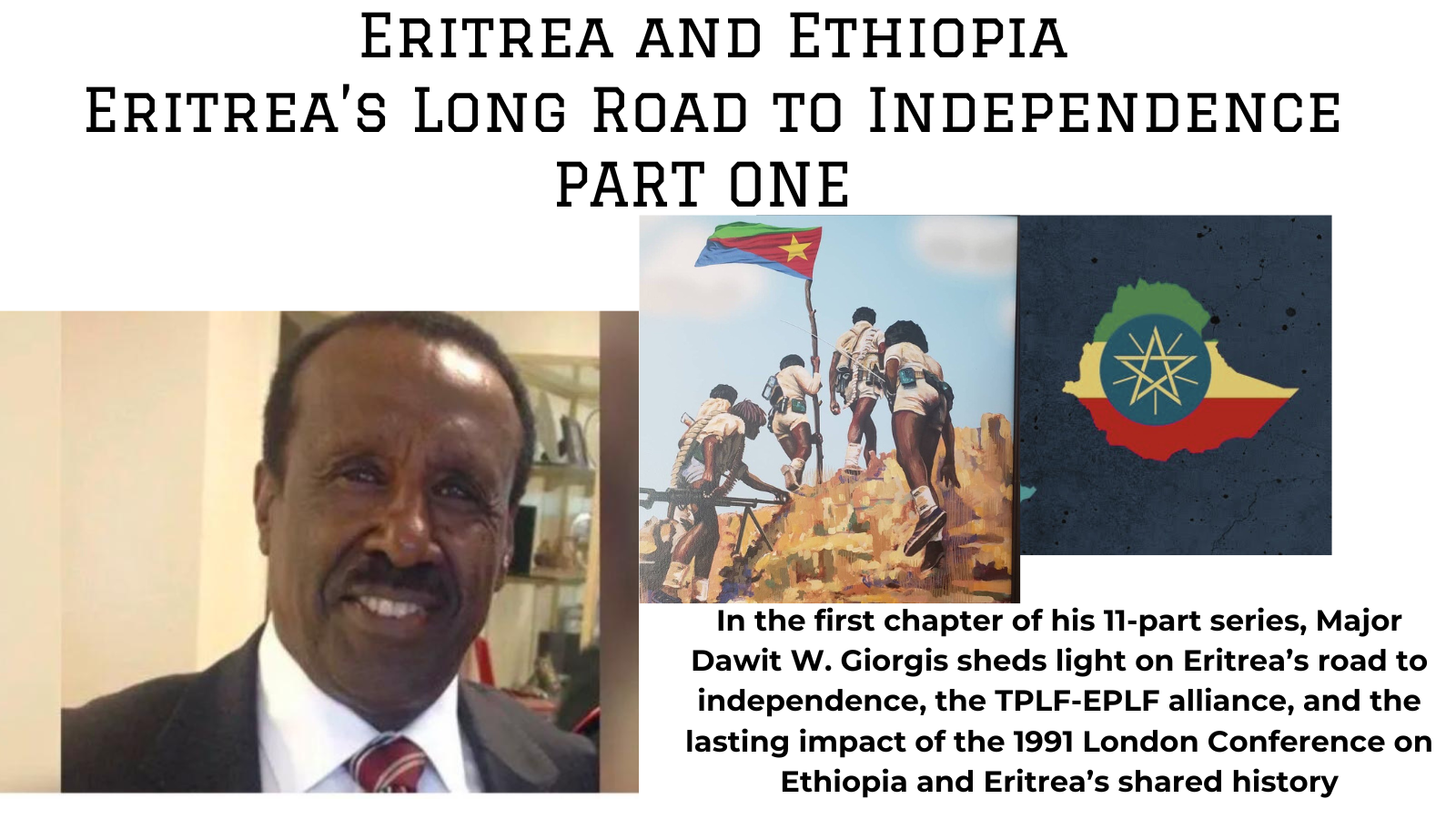
|
Getting your Trinity Audio player ready...
|
PART ONE
Eritrea’s Long Road to Independence
“The Eritrean conflict born out of the dissolution of the federal arrangement will, I believe, best be solved by going back to that arrangement. “ [i] That is how I ended a chapter on Eritrea in my book Red Tears written before its independence. That is not how it ended up though.
What I discuss in this chapter is purely academic, a critical look at the road that led to the independence of Eritrea. There is nothing at all partisan or political in what I am presenting. Eritrea and Eritreans have always been close to my heart. Most of my friends have been Eritreans, and though death has taken some of those closest to me, I still have some left and cherish those friendships. I have known Eritreans as extremely hard-working, honest, straightforward people. They make friendships easily and they take those friendships more seriously than most.
This was proven to me when I visited Nakfa in 1989 those difficult times in the midst of war when the town was being bombarded night and day by Ethiopian troops. They received me with open arms and hosted me and my delegation for 11 days. What I saw in Nakfa was staggering. I never believed that committed people could do so much. Nakfa was another world beyond what any of us imagined. Though I was still for a unified Ethiopia, the civility with which they welcomed us and discussed sensitive issues is something that has stuck in my mind right up to the present moment. Eritreans fought hard, sacrificed a lot, and they won the war.
Eritrea has taken a considerable time, energy, and passion in my long life. I was there as an officer a few months before the federation was dissolved. I was there as an officer in the Imperial Ethiopian Army for eight years after the federation. Later on in all my other assignments In Ethiopia, Eritrea and the war of secession was central aspect of my official life as foreign minister and as Commissioner of RRC, and then as Governor of Eritrea for over three years. As governor Eritrea challenged my conscience and I gave it everything that I believed was good for Eritrea and Ethiopia. Eritreans have judged me and from all the information I have from people of the times, I was the best they could have under those circumstances. Though my years there took a lot out of me I, indeed, gave what I had with good conscience and good will for Eritrea to be united in peace with Ethiopia.
As much as I wished Ethiopia to remain united with Eritrea, it was not possible. I have said it before and I say it again, based from firsthand experience and history: Eritrea would have chosen to remain with Ethiopia, probably under a federal arrangement, had it not been for the arrogance and brutality of Mengistu and later Meles’s ill-conceived, unilateral support for the independence of Eritrea. Trevaskis’ prediction which I quoted in Red Tears written while the battle between the Ethiopian government and the EPLF was raging, comes to mind:
The temptation (for Ethiopia) to subject Eritrea firmly under her own control will always be great. Should she try to do so, she will risk Eritrean discontent and eventual revolt, which, with foreign sympathy and support, might well disrupt both Eritrea and Ethiopia herself. [ii]
And indeed that was exactly what happened throughout Mengistu’s rule.
As many African and European leaders were made to believe, far from bringing an enlightened worldview to a battered Ethiopia, Meles took his cue directly from Mengistu’s playbook, using his power and his demagoguery to win support, then once in power moving quickly through deceit and murder to gain firm control over the people. Meles engineered a constitution that made him the most powerful person in Ethiopia and his ethnic-based party the ruling force. He destroyed the path to democracy, imprisoned opposition that was set to win elections, suspended individual freedoms including freedom of the press and free speech, and in a few years made Ethiopia the country with the largest number of political prisoners, the largest number of imprisoned journalists, and the only country in Africa where ethnic federation was the law of the land. The TPLF, though it was a coalition member of the EPRDF, became the strongest party and the engine behind the EPRDF. As the dominant player in Ethiopian politics for 27 years it manipulated the system so arrogantly that in the last election before Meles died in 2012, the EPRDF supposedly received 99% of the seats in Parliament. Following in the footsteps of Meles, his successor, Prime Minister Abiy Ahmed took this play book to another level and committed genocide and atrocities unparalleled in Ethiopian history.
Meles made Tigrayans feel good and special but gave them nothing. He gave Europe and America what they wanted in order to get their support, which is to say he acted as their proxy in the war against Al Shabab in Somalia. By the time he died in 2012 the people were beginning to realize what an unproductive, disastrous, divisive 27 years it had been.
I am not taking away the credit for hard-won battles, but under a different situation Eritreans and Ethiopians would have been much better off together rather than apart. But that is now behind us. Knowing Eritreans, I know that they could have made Eritrea the jewel of Africa under the right circumstances and will be good neighbors to Ethiopia. But Eritrea had challenges it has yet to overcome primarily its relationship with Ethiopia’s PM.
Independence:
It began at the London Conference in May 1991. This conference was one of a series of peace talks between the Dergue and the rebel forces as it became increasingly evident that Mengistu’s days in power were numbered. I was invited to that conference representing the movement I belonged to: “the Free Ethiopian Soldiers Movement (FESMA) but I did not want to be part of the dissolution of Ethiopia.
The conference took place just days after Mengistu fled to Zimbabwe, with the TPLF and EPLF advancing steadily toward Addis. The new prime minister of Ethiopia, Tesfaye Dinka was present at the conference, along with representatives of each of the main insurgent groups: Isaias Afwerki for the EPLF, Meles Zenawi for the TPLF/EPRDF, Lencho Letta for the Oromo Liberation Front. US Assistant Secretary of State for African Affairs Herman Cohen served as moderator.
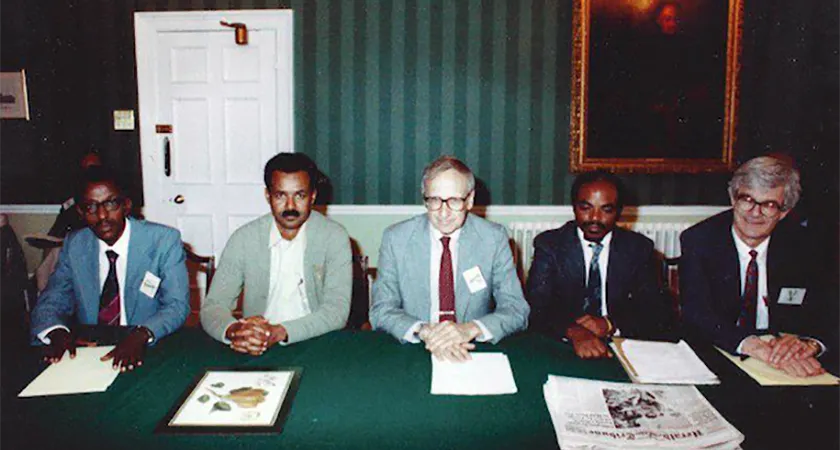
Just as the conference began on May 27 news came that Addis’s defenders were melting away and chaos threatened to ensue. An agreement was reached that the EPRDF would immediately take over the city and maintain order. Prime Minister Tesfaye objected and walked out of the conference, leaving the three rebel groups to plan the future without the input of any representative of Ethiopia. They agreed to form a transitional government to a pluralistic democratic society by holding a national conference in July. They also agreed that Eritrea would be free to determine its own status as independent or part of Ethiopia.
So there it was. No attempt to keep Eritrea as part of the new nation and no negotiations or discussions about access to the sea for Ethiopia. The London Conference was over and Eritrea was on its way to independence.
Why did the TPLF agree to this so readily? Why didn’t they try to insist that the country remain whole? To understand the answer, it is necessary to understand the nature of the relationship between the TPLF and the EPLF.
There is a serious misperception being pushed in some quarters about what led up to the fall of Mengistu’s regime. Some claim that it was a coalition of forces led by the Tigrayans that defeated the Ethiopian army. For example, the United Nations report on the independence of Eritrea stated:
A critical factor in helping the Eritrean resistance achieve its goal was a parallel campaign, beginning in the mid-1970s, waged against the Ethiopian Government by a coalition of non-Eritrean groups. Indeed, when that coalition came to power in Ethiopia in May 1991, it supported Eritrean independence. [iii]
That is misleading. In the first place, there was no real coalition led by the TPLF. The so-called coalition was created when the war launched by the TPLF intensified and it seemed likely that they could take power or share power in a future government of Ethiopia. Therefore, the TPLF changed its colors and created a fake coalition composed of prisoners of war and other rebel movements, that were on the fringe of the war. In reality, the war was waged solely by the TPLF and the EPLF. There were no parallel campaigns of non-Eritreans.
The second point is that the EPLF carried the TPLF from beginning to end. The TPLF was the child of the EPLF, born, raised, and supported until the end by the EPLF. Some of the original members of the TPLF were Eritreans. The TPLF would never have gotten close to Mekele let alone Addis Abeba without the enormous support of the EPLF. During the march on Addis the EPLF provided and managed the heavy weapons and tanks in a closely coordinated operation. When Addis Ababa fell, the EPLF provided the human resources to administer the country, including the administrative regions.
The third point is that the TPLF/EPRDF did not defeat the Ethiopian army. The EPRDF was welcomed because many Ethiopians and war veterans and most of the population saw it as the defeat of Mengistu, not of the armed forces. In the final months the EPRDF, the armed forces of Ethiopia, and the people were all on the same side. That was why there was no significant resistance. In most cases, the army simply abandoned their positions and stopped fighting what they saw as Mengistu’s war.
The TPLF and the EPLF were fighting for dual objectives. The TPLF waged a war for regime change. The EPLF fought a war for independence. For the EPLF the TPLF was a means of reaching its objective. I don’t believe that the EPLF ever guessed that the TPLF would come so far—certainly, they didn’t expect it so soon. It was commonly believed in the 1980s, particularly after the failed coup d’état and the execution of some of the finest senior officers Ethiopia had, that the EPLF was winning the war of 30 years and it was only a matter of how soon. Meles and Isaias have a symbiotic relationship. I have met President Isaias’ mother in Asmara, Ade Adanesh Berhe, in my office when I was a governor to discuss her personal problems. She was motherly and very much apolitical (I believed). She told me herself that she was from the Tigray region, Enderta, and met the father of Isaias in Tselot, Eritrea. Though I have not met Meles’ mother it is common knowledge that she was from Eritrea and in fact voted in public for independence during the referendum. But in any case, the TPLF was only the catalyst to finalizing the 30-year war of the EPLF and both had a shared interest: TPLF to take replace Mengistus’ regime minus Eritrea and EPLF to takeover Eritrea. There should be no doubt that the EPLF won the 30-year war. The TPLF did not.
- [i] . Dawit Wolde Giorgis, Red Tears (Trenton, NJ: Red Sea Press, 1979), 119.
- [ii] . Gerald Kennedy Nicholas Trevaskis, Eritrea: A Colony in Transition: 1941-52 (London: Oxford University Press, 1960), 130 -131.
- [iii] . The United Nations and the Independence of Eritrea (NY:United Nations Department of Public Information, 1996), 14.
Editor’s Note: The views expressed in articles published by East African Review are those of the individual authors, institutions and do not necessarily reflect the perspectives of the editorial team or East African Review as an organization. The publication of any Op-Ed piece does not imply endorsement by East African Review.—please feel free to share them in the comments section below or email us at eastafricanreview@gmail.com.

